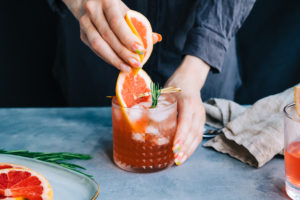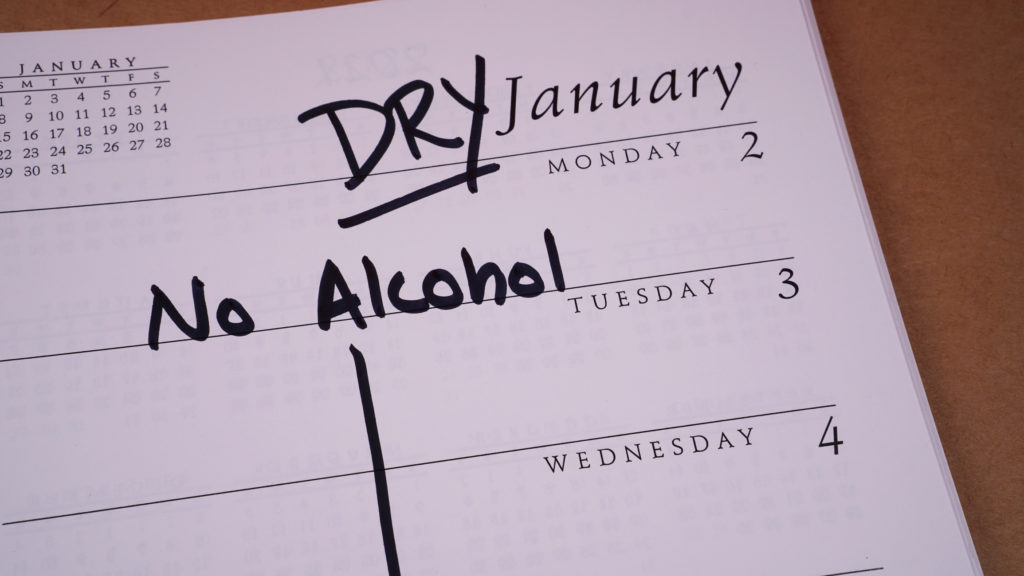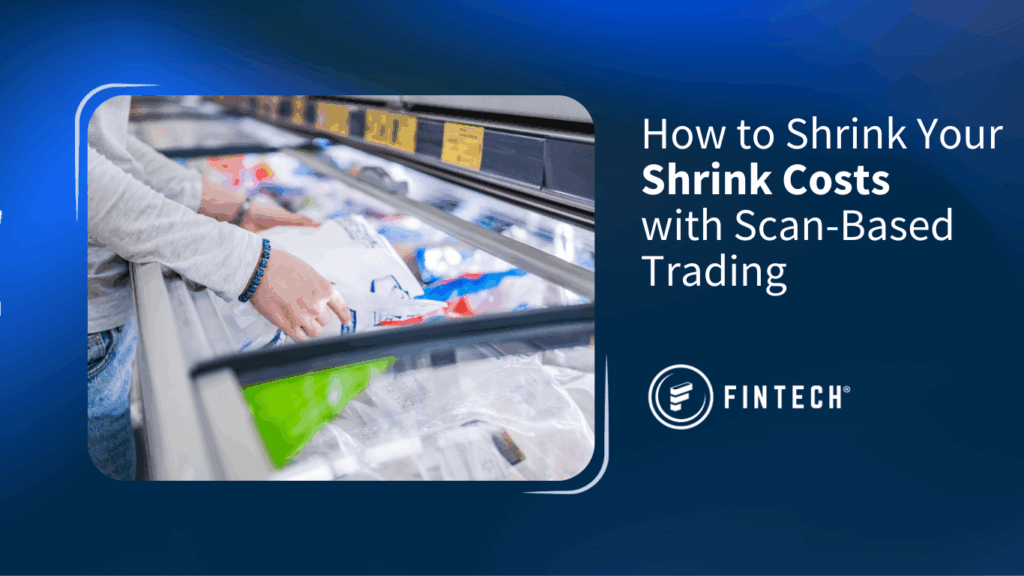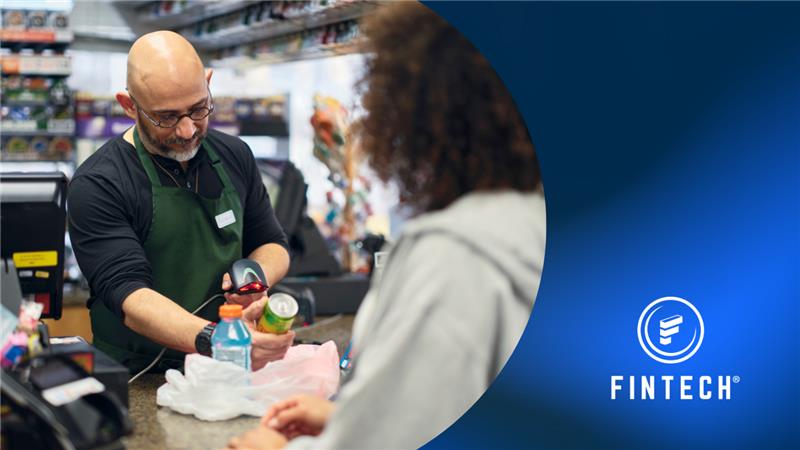“New Year, New Me.”
One of January’s most popular phrases. Whether it’s eating healthier, joining a gym, or starting a new hobby, the new year marks a turning point for many. Fresh off the holidays, people often look to alcohol as the first stop on their self-improvement journey by jumping on the “Dry January” train.
A month without alcohol?! In this economy?!
While Dry January serves as a brief reprieve from alcohol for most, it can spurn a major change for others. 2023’s Dry January – the 10th anniversary – aligns well with the increasingly popular ‘sober curious’ lifestyle and the rise of non-alcoholic options throughout the beverage alcohol market.
Let’s look at how Dry January came to be and the data proving that non-alcoholic drinks are becoming a force to be reckoned with.
Dry January Brews Across the Pond
The Dry January that everyone knows got its start back in 2013 by Alcohol Change UK. While the charity existed as two separate entities back then – Alcohol Concern and Alcohol Research UK – the mission has always remained the same. They lobby for a change in perception around alcohol consumption and the physical, emotional, and mental health benefits that come with decreasing your intake.
Since its start, Dry January has gained popularity worldwide. More and more people participate in the monthly challenge each year, and many stay on board after the 31-day stretch.
While the reset has undeniable perks for your health and wallet, there is a new lane opening for non-alcoholic options that can be the perfect replacement for your normal cocktail of choice should you choose to indulge. You can even find entire bars exclusively serving non-alcoholic drinks.
Mocktails, Non-Alcoholic Beers, and More

“Sober curious” – a not-so-new buzzword that is seeing a resurgence among younger generations. The term is credited to Ruby Warrington, author of 2018’s Sober Curious: The Blissful Sleep, Greater Focus, Limitless Presence, and Deep Connection Awaiting Us All on the Other Side of Alcohol, and can be defined as consciously avoiding alcohol for personal or wellness reasons.
While mocktails and non-alcoholic beers aren’t new, there is a surge in popularity among consumers.
Let’s examine Fintech’s exclusive alcohol market data from our alliance partnership with IRI.
- Approximately $243 million in sales
- 26% change in dollar sales trend vs. Last Year
- $3.2 million in SKU dollar sales per Point
- 09% change in SKU dollar sales per Pt Trend vs. Last Year
- $32 average price per case (calculated)
*IRI 36.0 Total US Multi-Outlet Beer Market Share (52 weeks ending 12/25/22)
In the wine sector, a similar uptick can be seen with non-alcoholic wines.
- Approximately $22.2 million in sales
- 57% change in dollar sales trend vs. Last Year
- $490,039 in SKU dollar sales per Point
- 07% change in dollar sales per Pt Trend vs. Last Year
- $112.70 average price per case (calculated)
*IRI 36.0 Total US Multi-Outlet Wine Market Share (52 weeks ending 12/25/22)
Why Are Non-Alcoholic Drinks Becoming More Popular?
In pursuit of a sober curious lifestyle, non-alcoholic options have multiple benefits. For starters, non-alcoholic drinks taste the part. There are now mocktail options for many of your favorite drinks. Bartenders have begun honing their skills at making curated mocktail creations using fresh ingredients and inventive twists on cocktail classics.
Another reason why non-alcoholic drinks are surging is that they contain fewer calories. While some mocktail options still include syrups, juices, and other ingredients, the lack of alcohol drops the empty calorie count and appeals to people looking to lead a healthier lifestyle.
Studies have found that Gen Z and younger consumers are beginning to avoid binge drinking tendencies. Non-alcoholic options allow you to indulge in a social setting without becoming inebriated. The lack of hangover the next day is a bonus for those trying to ditch the harmful effects of alcohol.
Perhaps the biggest driving factor is the expansion of non-alcoholic options with different types of beer, wine, and spirits. Consumers can try non-alcoholic IPAs, tequilas, bourbons, and more, with suppliers increasing their alcohol-free inventory.
The emergence of more sober bars in major metropolitan areas is another indicator of the alcohol-free movement and its reach.
Sober bars?! Yes, you read that right.
These bars exclusively serve non-alcoholic beverages while still providing the same social atmosphere that many fear they will lose when ditching alcohol. These establishments are becoming more common and can keep a consistent crowd.
A Buzz That’s Here to Stay
Whether you are doing Dry January as a cleanse or want to minimize your alcohol intake in general, the non-alcoholic market offers plenty. The data shows that more consumers are starting to look to non-alcoholics, and both on and off-prem retailers would be wise to include some in their inventory.
If you are interested in using Fintech data to learn more about other bev alc market trends, you can learn more here.






